This relief probably has nothing to do with the end of the age of Taurus.
You’re looking at a representation of the sun’s annual passage through the constellation of Taurus. The sun “decapitates” the bull of heaven shortly before it “crowns” the head of Orion.
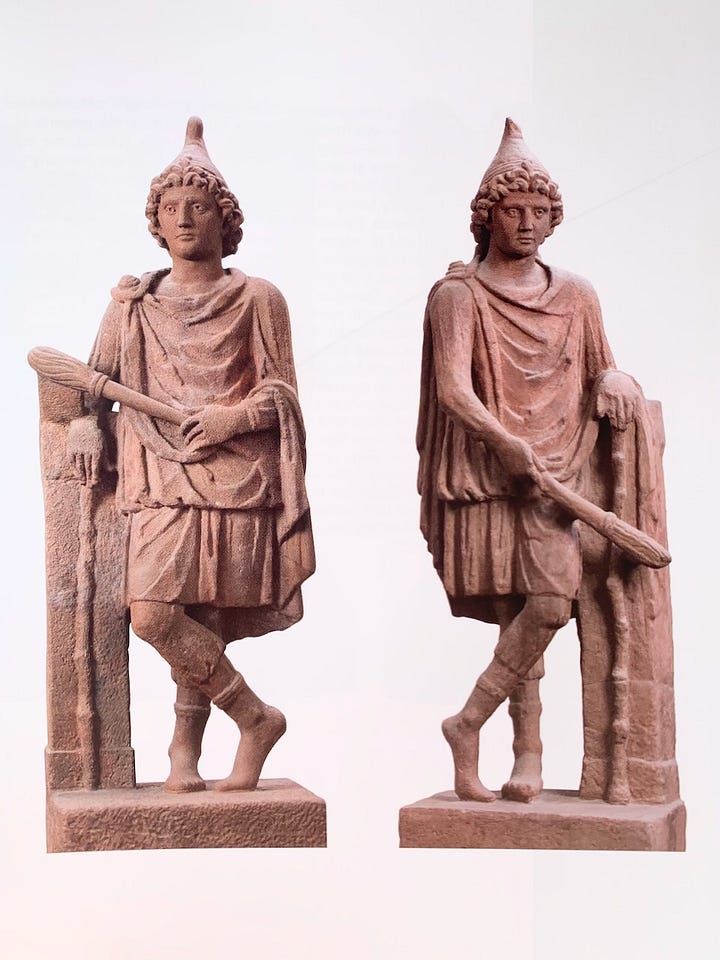



Thus, Mithras, the sun god, sacrifices the bull by cutting its throat. Often present are the twins, Cautes and Cautopates (Gemini) and a dog (Canis Major). There is also a Scorpion and a Serpent, both attacking the bull. These probably both represent Scorpio which is directly opposite to Taurus.
The presence of twins, indicating Gemini, suggests forward motion through the zodiac as Gemini comes after Taurus. Nothing present here suggests the retrogressive path of the vernal equinoxes.
The Greco-Roman Mithraic cult appears early in the age of Pisces, not the age of Aries; which is where it should be if its symbolism is aeonic in nature.
Mithraism does not appear to be much older than Christianity, and the bull slaying reliefs (called tauroctonies) do not precede the Roman cult. The Indian Mitra and Persian Mithra do, but based on current evidence, the tauroctony is apparently a Roman invention.
The golden calf episode from the Bible also probably isn’t about astrological ages.
Tradition maintains that the Exodus took place sometime between the 13th and 15th centuries BC. At the absolute earliest, according to the story itself, the golden calf was fashioned more than five centuries after the sun entered Aries.
The problem with the aeonic theory of history is not that the premise is wrong, but rather that the facts are too often contorted and misrepresented to reinforce the various assumptions and preconceptions of its exponents.
To put it simply: most of these people don’t care what astrological ages actually are. They only care about what they want them to be.
They don’t admit this to themselves or anyone else, but it’s usually quite obvious that they’re taking themselves (and everyone foolish enough to trust them) for a ride.
Apis, the Egyptian bull god was originally the herald of Ptah, the patron of Memphis, which was the first capital of Egypt after its unification. Egypt was unified around the middle of the age of Taurus, however, even beyond that, Apis continued to be significant, serving later as herald to Osiris and to Atum.
This Taurean bull god did not pass out of relevance until the youth of Christianity in the dawning age of Pisces.
The sacred Mnevis Bull, who served a similar role, first appears in the Egyptian historical record during the Middle Kingdom period — firmly within the age of Aries and not that of Taurus.

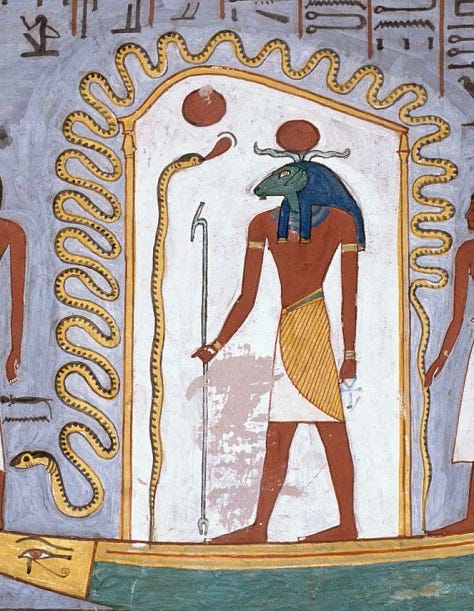

You don’t see that many ram gods during the age of Aries but there are some and they're indeed quite significant. Amun was the chief deity during the New Kingdom period of Egypt. His symbol was the ram-headed sphinx.
The falcon-headed sun god, Ra, likewise took on a ram-headed form during his sojourns in the underworld and the pair were fused into Amun-Ra who was the chief deity of the Egyptian pantheon for much of the age of Aries. Alexander the Great was even declared a son of Amun by the oracle at Siwa.
Amun was exported to the Greco-Roman world where he became Ammon and was syncretized with the Greek Zeus and the Roman Jupiter. But the Greco-Roman god of thunder, law and the sky was far more connected to eagles than rams. He was also associated with bulls, so that’s another anomalous data point which can’t be discounted.
Again, there’s something to the theory, it’s just that our evidence admits of vague conclusions at best.
I say all this not as someone who wants to discredit the whole idea, but as someone who has failed multiple times to reconcile the more common formulations of it with the available information.
There is evidence of some kind of aeonic influence upon history, but it’s subtler than proponents of the theory would have you believe.
Dionysus, one of the most important gods to the Greeks during the age of Aries was strongly symbolically linked to bulls.
Hermes, the Kriophoros (“ram-bearer”) was linked with rams but he seems to have been less important than Dionysus even during the age of the ram.
It seems to me that bull symbolism among ancient peoples is not necessarily Taurean at all times and in all places. Sometimes, a bull is just a bull.
Carl Jung’s Aion lays out a powerful case for the idea that the precession of the equinoxes, or the passage of astrological ages (aions or aeons) either predicts or directly causes dramatic cultural shifts such as the birth of Christianity, the rise of material science, and our present plethora of global crises.
The evidence is increasingly clear. I do think the book is onto something. I also think that it’s made a lot of people insane, and caused many people to fall into something not far off from astrolatry.
Jung’s reluctance to speculate or commit to any particular explanation of occult phenomena should be a model for emulation in all metaphysical speculation.
Jung was not just a mystic. He was also, of course, a scientist and psychologist. Therefore, he would have been well-acquainted with two facts of crucial importance to people with an interest in these subjects:
A theory derived from a small data set is a bad theory.
There is no such thing as unmotivated reasoning.
When the science of astronomy began, many erroneous a priori assumptions were made about the heavens and the laws that governed them. It was assumed that there were only seven celestial bodies and it was assumed that all of these orbited the Earth and that they did so along courses that were perfectly circular.
Ptolemy imagined a complicated system of epicycles to account for the retrograde motion of the planets within a geocentric framework.

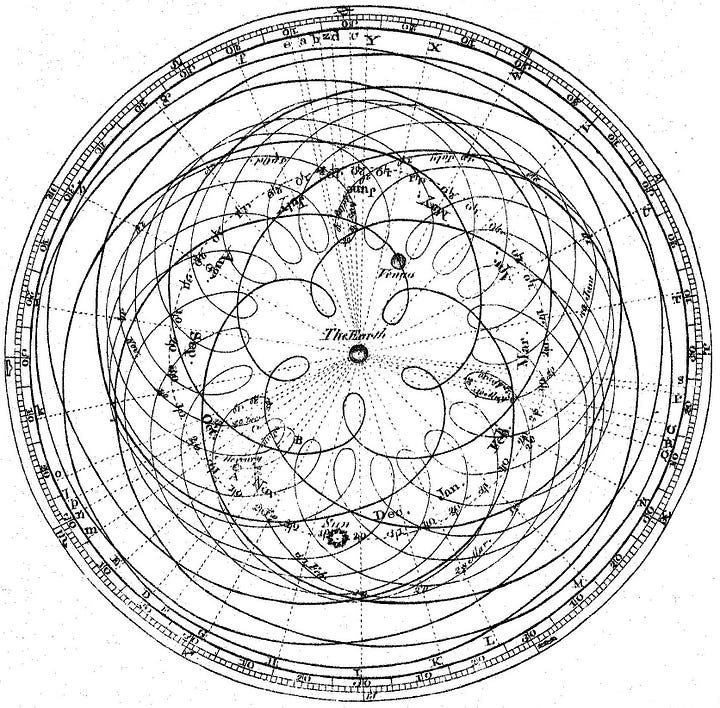
In his Mysterium Cosmographicum, Johannes Kepler — a heliocentrist — conceived of a convoluted cosmological scheme consisting of nested spheres and Platonic solids. He thought he could derive the placement of the planets from sacred geometry.
Imagine a sphere. Its circumference is the orbit of Saturn. The sphere circumscribes a cube. The cube circumscribes another sphere whose diameter is likewise, the breadth of Jupiter’s orbit. This sphere circumscribes a tetrahedron circumscribing another sphere representing the orbit of Mars, and so on.
It was supposed to predict the relative distances between the orbits of the planets — it didn’t. And when the outer planets were discovered, we would have run out of Platonic solids and likewise out of luck.
These are the kinds of knots you tie your brain in when you try to predict from oughts instead of ises, and to account for “weird behaviour” from inside the model that is causing the behaviour to seem “weird” in the first place.
This is a divinely ordered cosmos. The catch is, you mustn’t presume to know what “divine order” is supposed to look like. You have to attend to exceptions and anomalies. You collect them and derive a higher order from the things that do not fit into your framework — you don’t just ignore them in favor of the things that do.
“The stone the builders rejected has become the cornerstone; the LORD has done this, and it is marvelous in our eyes.“
Psalm 118:22-23
The astronomical misconstructions I just showed you rhyme with the astrological ones I see from armchair astrotheologians. Hubris rarely announces itself. It often dons the garb of erudition, objectivity or piety.
I’ve been seeing people trying to predict what the next two thousand years will look like based on current trends or the personalities of Aquarians. But current trends cannot continue indefinitely even in principle, and the age of Pisces was not manifestly Piscean. It is precisely because it was not manifestly Piscean that we consider Aion a work of genius.
The problem with speculative astrotheology is that there are too many unknowns and as of right now, only one well-recorded example of a start-to-finish aeonic shift: the transition from the age of Aries to that of Pisces.
It was almost exactly at this time that Jesus Christ lived and catalyzed a tectonic civilizational transmutation that irreversibly changed what it means to be human — but this is probably a terrible pick for a case study.
The full cycle of the aeons is called “a great year” and spans ~25 800 years. Now think about where Aries and Pisces sit in a normal zodiacal cycle: the all-important vernal equinox — the cornerstone of the entire model.
In astrological calendars, the vernal equinox marks the end of an astrological cycle and the beginning of another, representing the rebirth of the sun. It seems highly probable therefore that the revelation of Christ is not a good example of what aeonic transitions normally entail — we should expect that it’s a special case.
The boundary between BC and AD does not just divide two astrological ages, it divides the previous great year from the present one.
Did Christ show up to jumpstart one new aeon or twelve? Whether you choose to believe it’s the former or the latter is irrelevant. The truthful answer is: we don’t know. That’s a pretty big question mark, is it not?
I encounter a lot of people who assume on bad evidence or none at all that what happened through Jesus Christ was not particularly unusual and is due to happen again now — as if Christianity were simply a 2000 year Netflix show, and after the finale, we’ll put on something else.
This is mere nihilism adorned with shallow occult embellishments. Faithlessness surpassing even that of the faithless. Atheists are closer to God than such people.
I suspect that those anticipating an Aquarian Jesus have misapplied their intelligence, and will end up disappointed at best. But when I look around me, I can’t help but feel that darker things than disappointment lie in wait for them, eager to capitalize on their misguided expectations.
Scripture is replete with astrological symbolism. There is the recurring fish motif in the New Testament (Pisces), the faces of the cherubim (Taurus, Leo, Scorpio, Aquarius), references to the “Morning Star” (Venus) and in Luke 22:10, the “man carrying a pitcher of water“ (Aquarius) just to name some.
These seem to be transparent astrological references, whether intentional or not. So clearly, the good book obliquely affirms the relevance of astrology to its narrative.
Abraham is said to have lived right around the beginning of the age of Aries. In the place of Isaac, at the behest of God, he sacrifices a ram. This story does admit of an aeonic shift both chronologically and symbolically.
I don’t read Genesis literally, but I do think those stories are talking about real events. They’re just not being remembered objectively — nothing ever is.
The Biblical chronology places Adam’s creation around 4000 BC — right at the beginning of the age of Taurus. 1 Enoch represents Adam as a white bull brought forth from the Earth. Here too, the chronology and symbology align.
Too easily missed, however, is the fact that Noah, Abraham and St. Paul are all apparently worshipping the same God, which throws a wrench in the more fashionable ideas about what these Platonic months actually mean for us.
People tend to fixate so intently upon that “man carrying a pitcher of water” in the gospel of Luke, that they look right through the fact that it’s the closest friends of Jesus who enter that man’s house to sup and speak with God.
After this comes the eventual death of God, yes. But this is just the preamble to the resurrection. When Jesus appears again, He’s nigh unrecognizable, but indeed, the same God from before.


It isn’t really until Aleister Crowley that the notion of divine usurpation at aeonic intervals is made explicit, but it seems to be self-evident that Crowley had more than a few ulterior motives for penning such a theory.
This trope precedes Crowley in implicit form, but only in polytheistic Pagandom.
Plutarch records that the god Pan was declared to be dead during the reign of the Emperor Tiberius; the same period that the death and resurrection of Jesus Christ occurred. Greek myth tells of the Titanomachy — a mythical war between two families of gods: the Olympians and their predecessors, the Titans. The Olympians vanquish the Titans and become the new gods, banishing the old to Tartarus. Norse myth foretold the coming of Ragnarok when many gods would die before a new beginning.
It’s important to remember that the pagan concept of time is cyclic. Uranus was overthrown by his son Cronus who was overthrown by his son Zeus who was, in turn, destined to be overthrown by one of his children.
Pagan time is rhythm and rhyme. However, the Christian God offers another kind of destiny entirely.
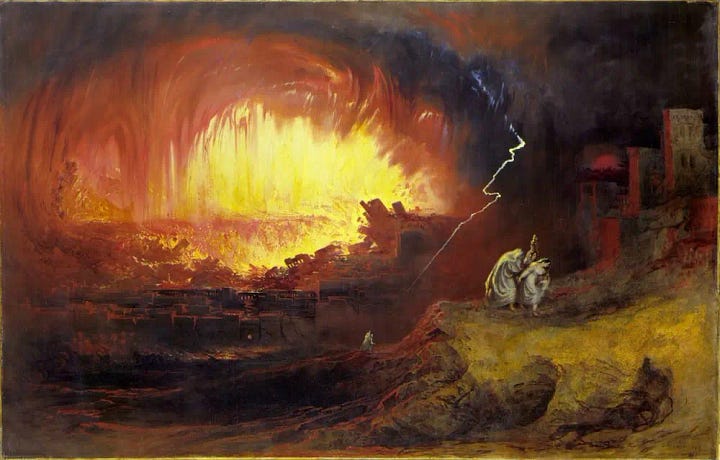
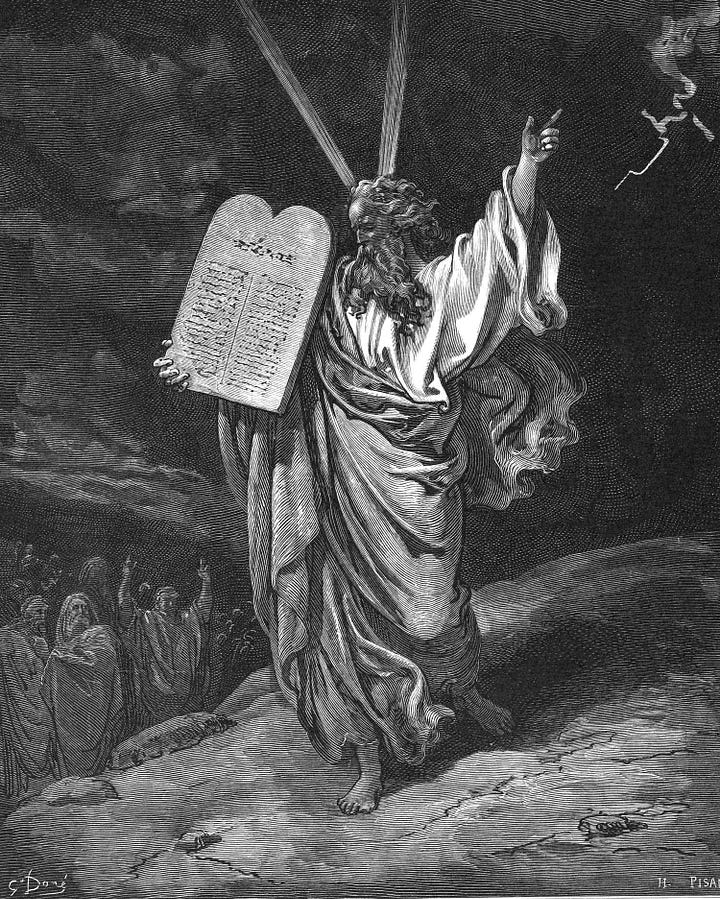

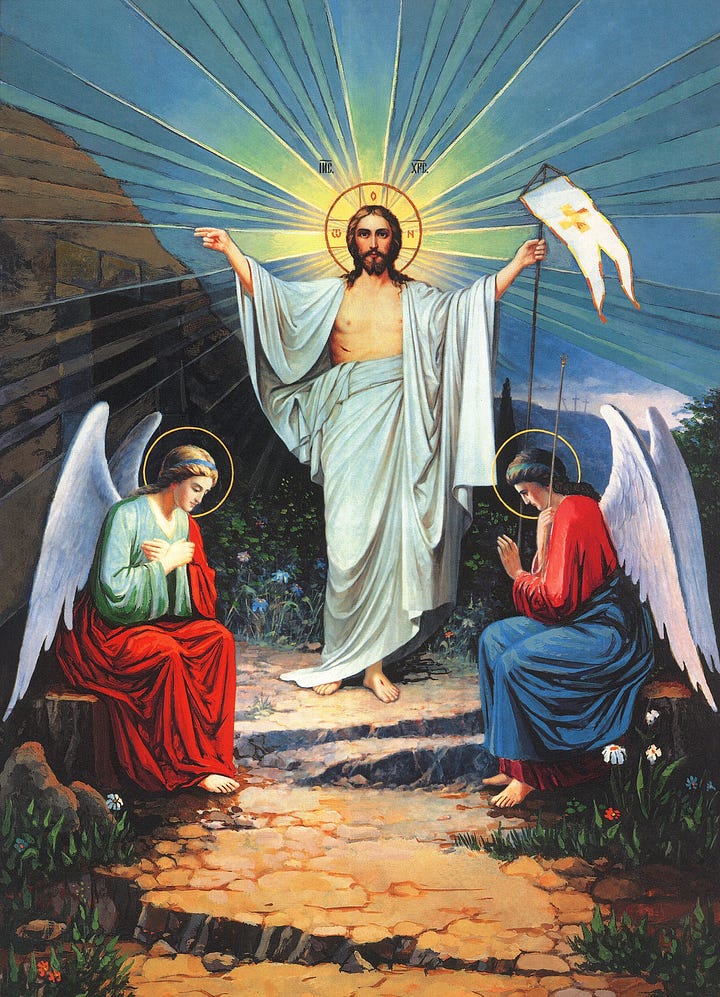
The Bible’s major plot points are marked not by reiterations of perennial themes. It is punctuated by exceptional, inexplicable events. By things that have never happened before and could not have been foreseen except by the divinely inspired.
“Therefore once more I will astound these people with wonder upon wonder; the wisdom of the wise will perish, the intelligence of the intelligent will vanish.”
Isaiah 29:14
This is a story that’s going somewhere. A story that’s breaking new ground, not just eternally declining from an ancient golden age.
I once heard a rabbi assert that there are no natural laws. Nature is just doing what God tells it to. If God decides that today water should flow uphill, then it will. He said it matter-of-factly and without flinching. People scoff at it, but that is wisdom beyond wisdom. He doesn’t mean that he thinks water is likely to flow uphill anytime soon. He means he knows that he doesn’t know, which is the most exalted knowledge.
Grasping at the secrets of the universe is all well and good, but God is not obliged or inclined to color inside the lines we draw. Don’t try to make puzzle pieces fit. It takes patience, but trust me, it’s far more satisfying when they’re all where they belong.
Yes, this is the dawning of the age of Aquarius. No, I have no idea what that means and neither does anyone who says they do. If you think you know what’s coming, then you don’t, and if you’re not expecting the unexpected, then you’ve not been paying attention.
Let die he who would die. He who would live shall live against all odds.



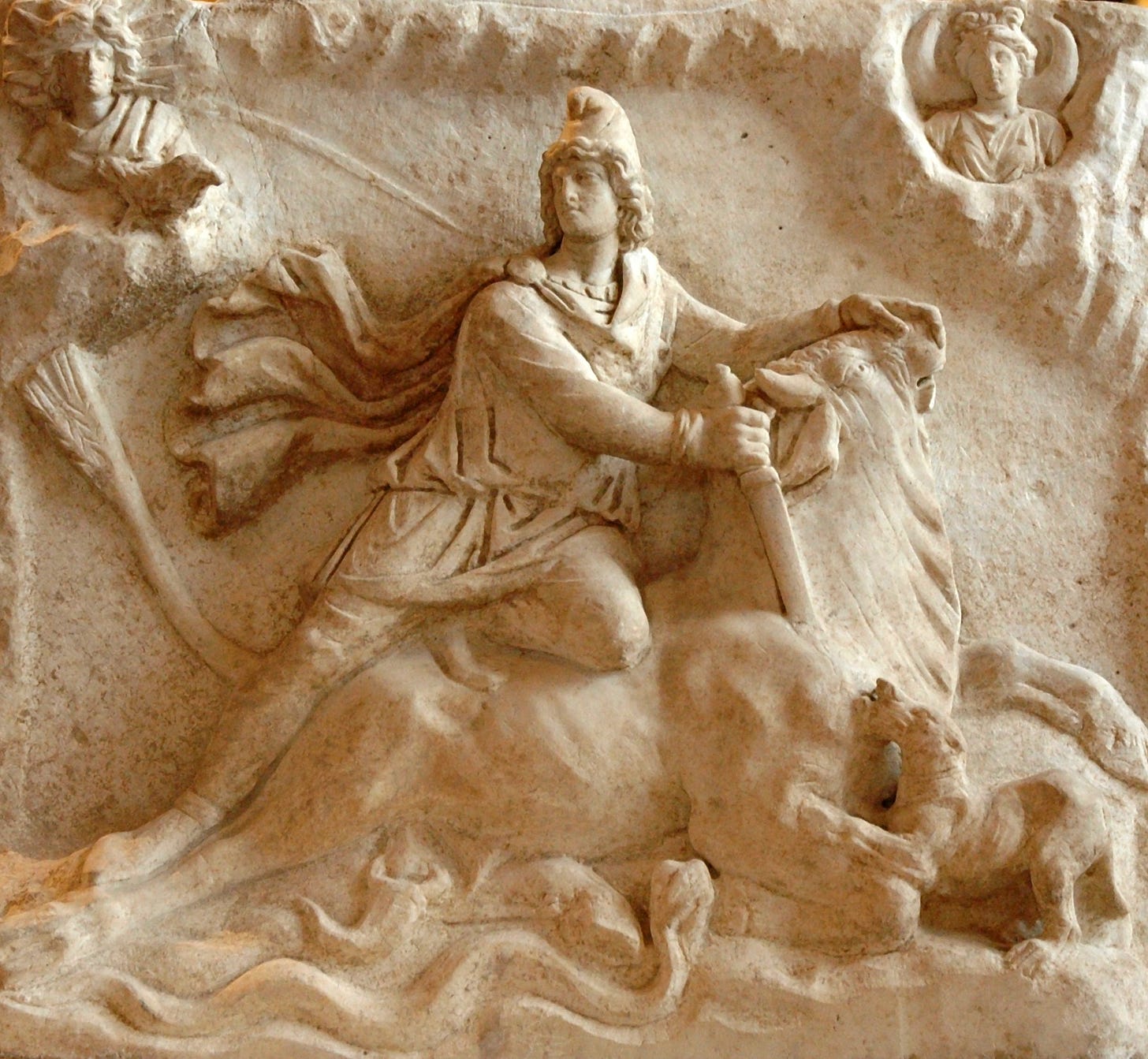
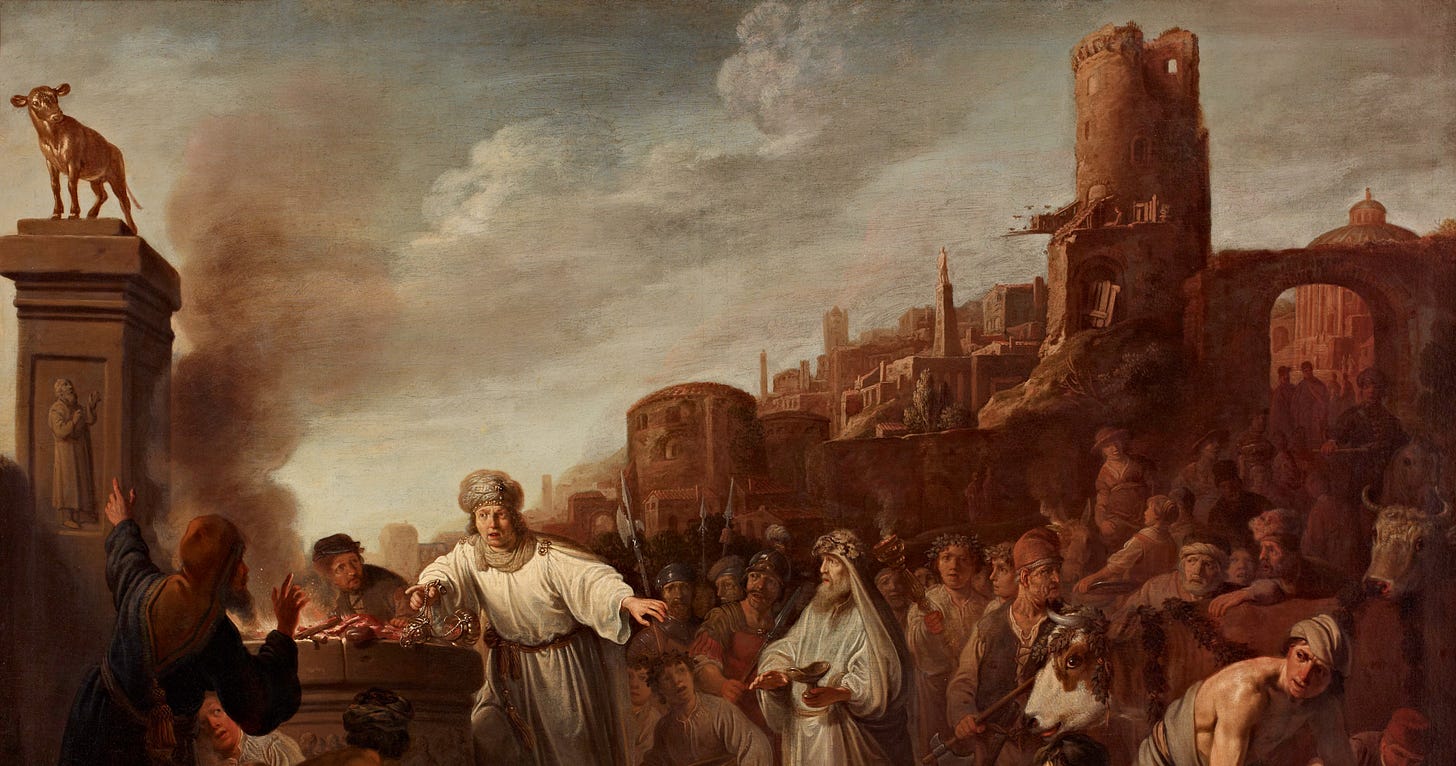



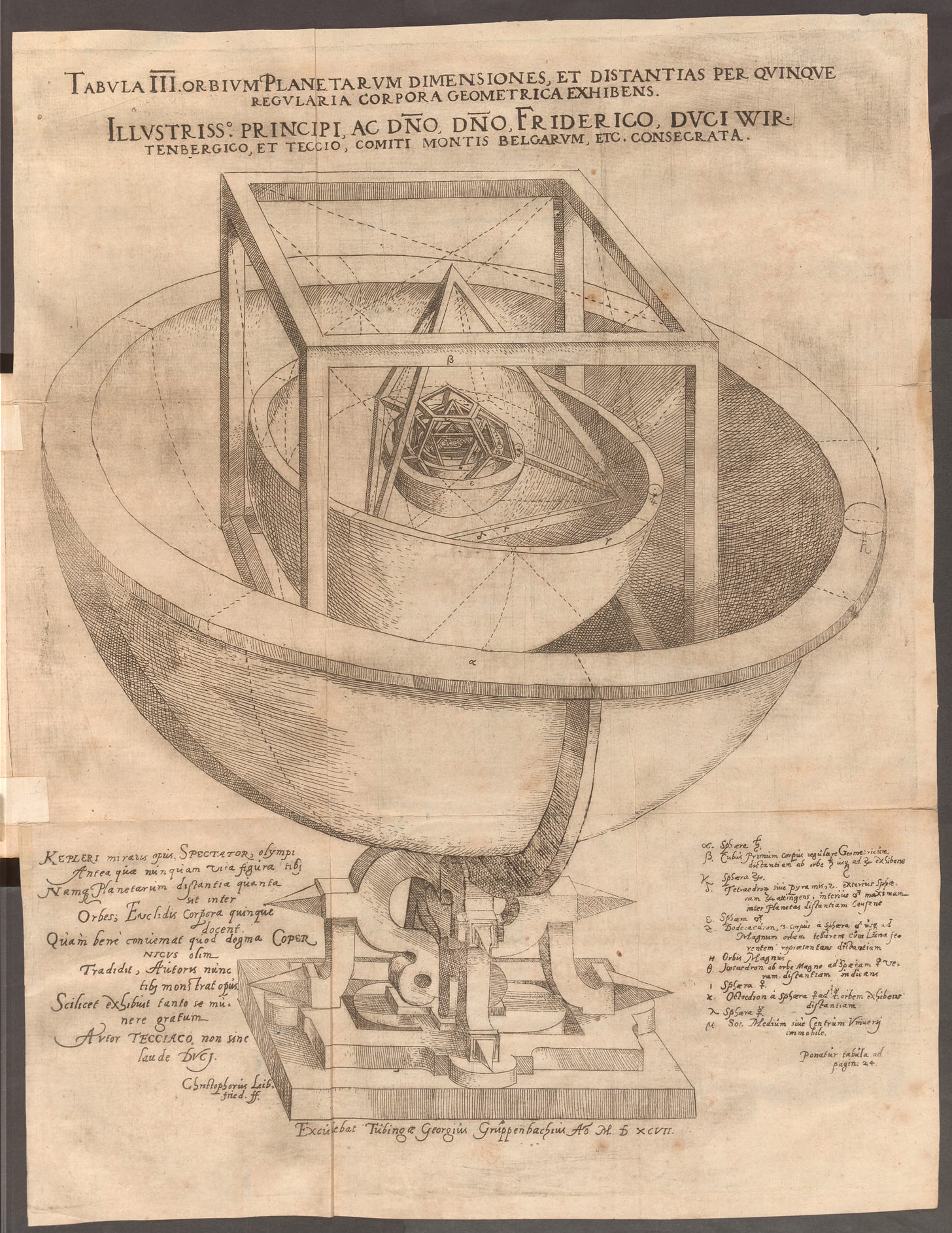
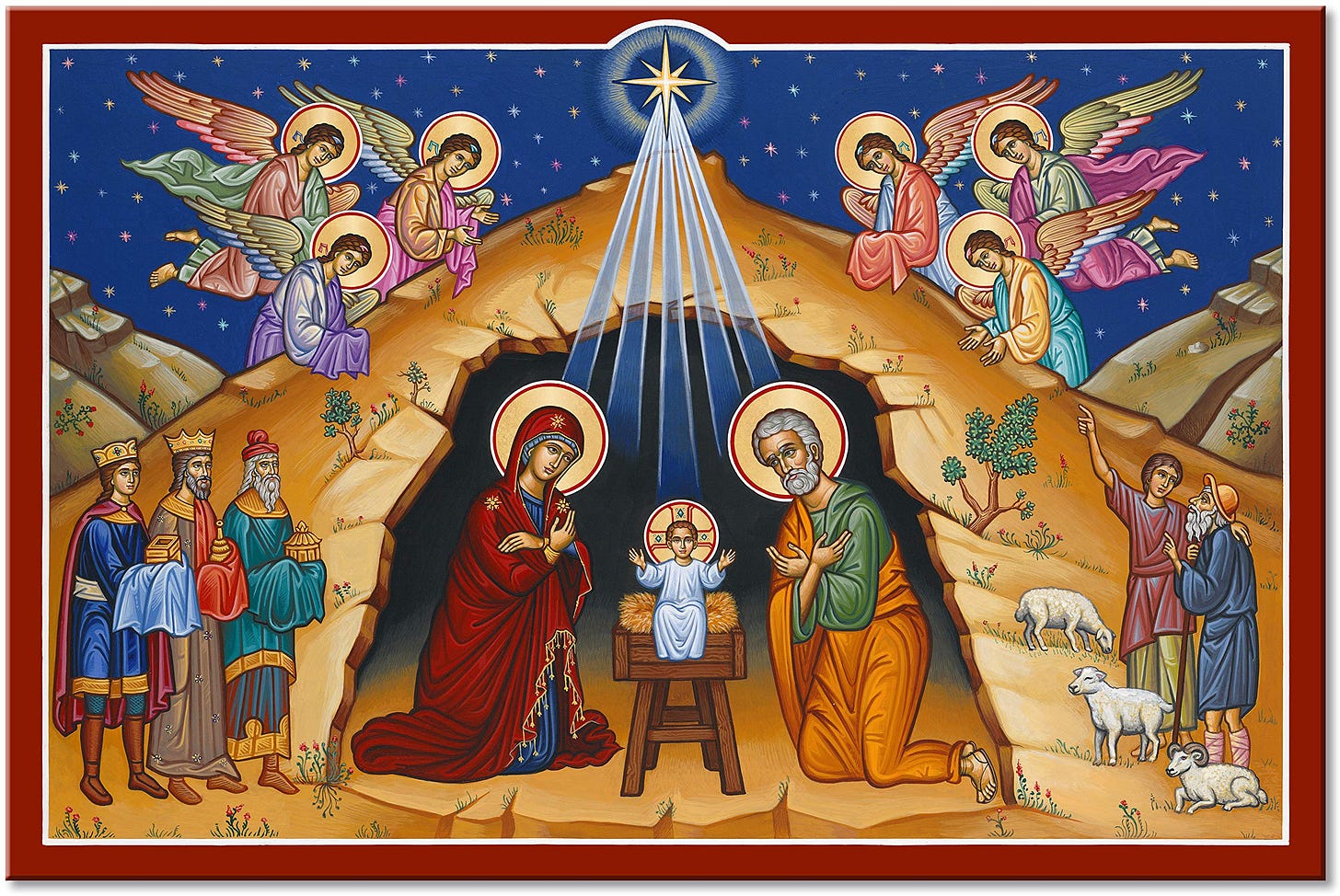


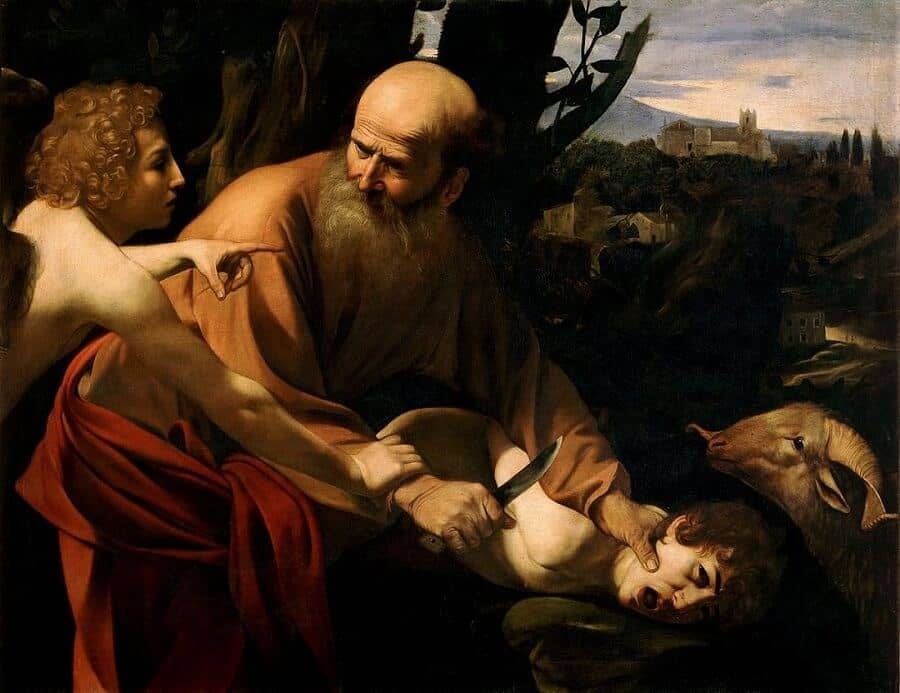

Amen.
This perfectly sums up everything I've been taught since your last video. Rather than focusing on any of this, as real as it is, and as important as it will be in times to come, for this time I have been led to be captivated by nothing more than the simple truths of Christ, and the biblical story of God. I've learned that the depths of my gratitude for these things must be deeper and more foundational than any desire to know secrets of our world.
Something I've had to ask myself is how much of what is driving me towards the knowledge I've received from your work is coming from a place of deep existential ingratitude?
He who would die is not truely grateful for his life.
He who would live values what The Life came to die for.
You are alive. That is a miracle. Never stop being grateful for it.
(Speaking to anyone reading this, not necessarily you Galahad. I think you have a firm handle on this already)
Amen. Lately I've picked up Ian McGilchrists book "The Master and his Emissary" which is a vast, comprehensive, scientifically sourced overview of the brains Hemispheric developments and their unique ways of thinking, specifically over the past few millennia of western civilization.
I'm finding ever increasing parallels and resonance between its conclusions and Aion's. Perhaps there may be more evidence for Aeonic shifts in neurodevelopment rather that history itself? I'd highly recommended you take a look one day. As always, keep up the good work, and be well.